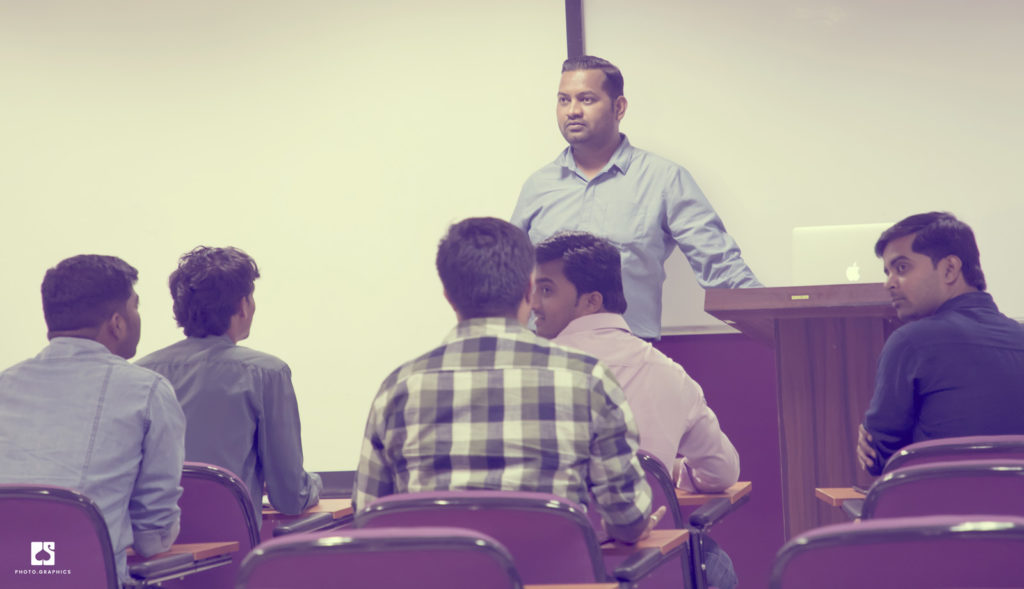Empowering Design Excellence: Usability Testing

To enhance the design prowess of my Silicus teammates has been a fulfilling endeavour, particularly in the realm of Usability Testing. In this blog post, I’ll delve into the transformative impact of providing Usability Testing training to my colleagues, exploring best practices, the influence on Design Thinking, and the overall elevation in the quality of our design output.




Understanding the core principles of Usability Testing is pivotal for any UI/UX team aiming to deliver exceptional user experiences. Through tailored training sessions, we dived deep into best practices, unravelling the intricacies of creating user-centric designs. From effective participant recruitment to constructing insightful test scenarios, the training illuminated the path to crafting designs that resonate with our users.



Design Thinking is not a linear process but a dynamic journey, and Usability Testing serves as a compass guiding us through its intricate pathways. By integrating Usability Testing into our design process, we’ve gained invaluable insights into user behaviour, preferences, and pain points. This newfound understanding has become a catalyst for innovative thinking, fostering a culture where empathy for the end user lies at the heart of our design decisions.




In the fast-paced world of UI/UX, staying ahead of the curve is imperative. As a design lead, it is my commitment to ensure that my team is equipped with the latest methodologies and tools. The Usability Testing training sessions served as a platform for sharing industry best practices, emerging trends, and technological advancements, empowering my colleagues to evolve alongside the ever-changing landscape of UI/UX design.




Quality Design Output: A Direct Result of Usability Training
The impact of Usability Testing training reverberates through the quality of our design output. Armed with the ability to identify and rectify usability issues early in the design process, our team has become adept at crafting intuitive and user-friendly interfaces. This not only enhances user satisfaction but also contributes to the overall success of our projects by minimizing the need for post-implementation adjustments.



Effective training is not just about disseminating information; it’s about cultivating skills and nurturing talent within the team. Through interactive workshops, real-world case studies, and hands-on exercises, I aimed to create an environment where every team member feels confident in applying Usability Testing techniques. This approach not only boosts individual skillsets but also fosters a collaborative team spirit where knowledge-sharing becomes second nature.











In conclusion, the journey of providing Usability Testing training to my teammates at Silicus has been a testament to the transformative power of continuous learning. As we embrace best practices, integrate Usability Testing into our Design Thinking process, and witness tangible improvements in our design output, I am confident that this investment in knowledge will continue to elevate our team to new heights of design excellence. Here’s to a future where every interaction is not just usable but delightful, thanks to the collective expertise of the Silicus UI/UX team.
